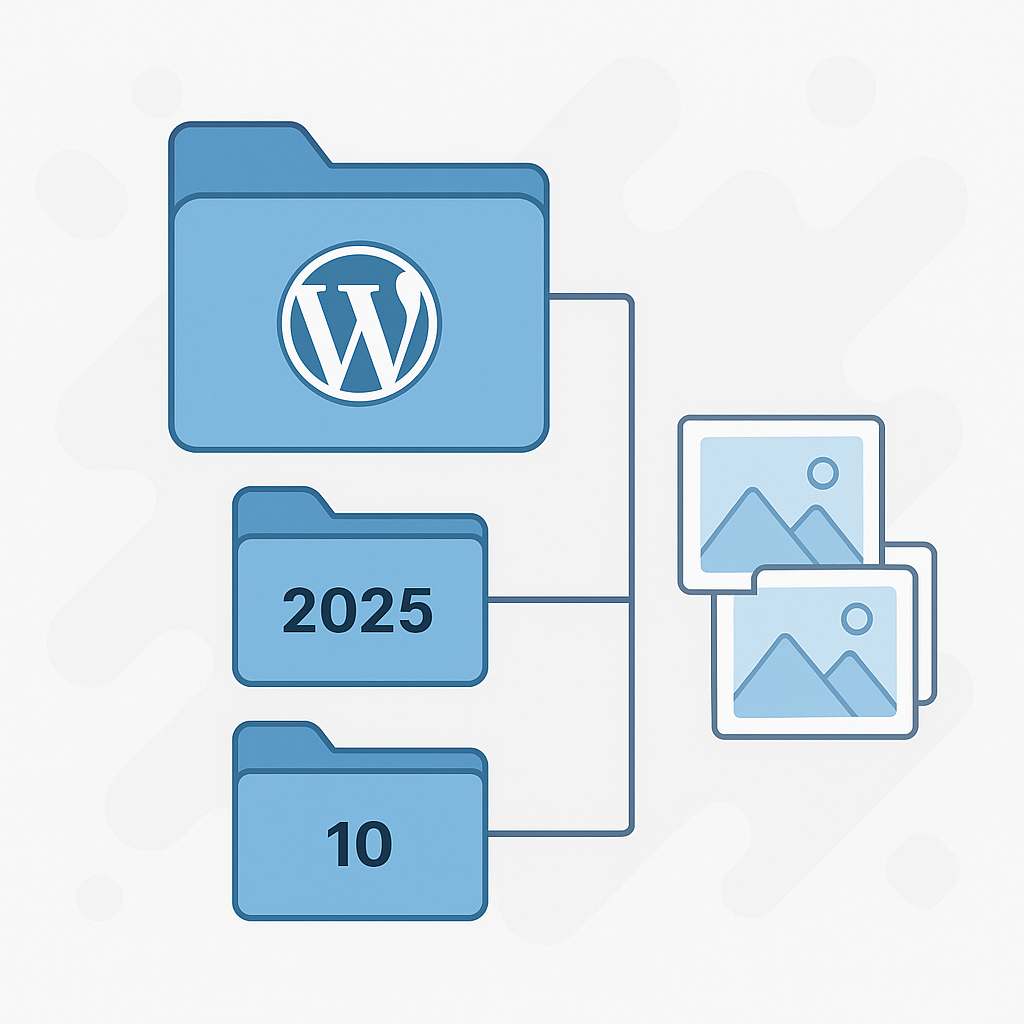Every website has a life cycle, from its launch with excitement and vision to the quiet sunset that comes when it’s time to move on. Whether your organization is rebranding, closing operations, or transitioning platforms, shutting down a website properly is more involved than simply taking it offline. A graceful digital goodbye requires planning, backups, and awareness of the many technical and financial details that, if ignored, can create unnecessary problems later.
The first and most important step is to back up everything before pulling the plug. Once your hosting plan is canceled or the domain expires, your data could vanish permanently. Always make a complete backup of the website, including files, themes, plugins, uploads, and databases. It’s also wise to export the database separately using tools such as phpMyAdmin or WP-CLI, so you can restore or reference it in the future. Beyond files, save copies of configuration details, API keys, email routing information, and analytics codes. These small but critical pieces of data are often overlooked, yet can make all the difference if you ever rebuild or audit your past site.
After confirming your backups are secure, the next step is to wind down your hosting and connected services. Contact your host to cancel the web plan and confirm when the account will close. If you used the same provider for email, forward or archive important messages before the domain is deactivated. Many websites rely on connected services such as content delivery networks like Cloudflare, email delivery tools such as SendGrid, and analytics or automation systems that continue to bill automatically. Don’t forget your SSL certificates, which are often set to auto-renew. Disable renewal and revoke any active certificates once you’re sure the site will remain offline. These small tasks help prevent security risks and unwanted billing cycles after the website is gone.
Domain management is another critical part of shutting down. Your domain name is often your brand’s most valuable digital asset, and letting it expire carelessly can lead to permanent loss. Renewing a domain usually costs between ten and twenty dollars per year—a small price compared to losing ownership. Once a domain expires, there’s typically a short grace period before it enters redemption, a phase where renewal fees skyrocket, sometimes exceeding one hundred dollars. If the domain goes beyond redemption, it can be released to brokers or domain investors, and buying it back later may cost hundreds or even thousands of dollars. Renewal is far cheaper than regret, and for many organizations that might return someday, keeping the domain active is a strategic move. If you are rebranding, transferring the domain to another entity or department is often a better choice than canceling outright.
Many websites also depend on premium plugins, tools, and licenses. As part of the shutdown, review each one carefully. Cancel any recurring subscriptions for SEO tools, form builders, or e-commerce extensions. Store license keys in a secure document in case you use them again elsewhere, and remove them from your backup files to avoid security exposure. If your site used payment gateways such as PayPal or Authorize.net, ensure those integrations are disabled to prevent accidental charges. Taking the time to clean up digital tools ensures you don’t leave open connections or unwanted expenses behind.
Even after the site is offline, it’s worth archiving its history. Store your backups securely in multiple locations, both in the cloud and on a physical drive. Save a static version or PDF copy of important pages, and consider using the Internet Archive’s “Save Page Now” tool to preserve a public snapshot. These records can serve future legal, branding, or historical purposes—especially for nonprofits, public agencies, or companies that may want to reference past work or campaigns.
If your website served customers or members, communicate the closure gracefully. Rather than letting the site simply vanish, post a simple message explaining that it has been retired, along with contact information or links to new channels. It is a small price to pay for properly informing your community of the change and what comes next if anything. Conside that some host will forward your domain to a parked server, and others may forward your domain to entirely new pages with political overtones or services that were not part of your original business causing confusion and misdirection.
Update your Google Business profile, social media pages, and email signatures to reflect any new contact methods. For organizations planning to relaunch in the future, a thoughtful “We’ll be back” notice maintains goodwill and signals professionalism.
Before calling the project complete, conduct a final digital audit. Confirm that all accounts, from hosting to plugins, are properly closed or secured. Verify that backups are accessible, that billing has stopped, and that key stakeholders are informed. Once those boxes are checked, your website can rest peacefully—securely shut down, with no hidden costs or surprises left behind.
The death of a website isn’t just an end; it’s part of responsible digital management. Treating the shutdown process with the same care and attention as a launch protects your data, preserves your brand, and saves money in the long run. And if your organization ever makes a comeback, you’ll be prepared to bring your digital presence back to life—without having to start completely from scratch.
Sometimes, what looks like the end is really just a pause before a new beginning.





